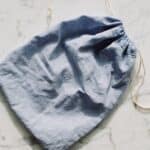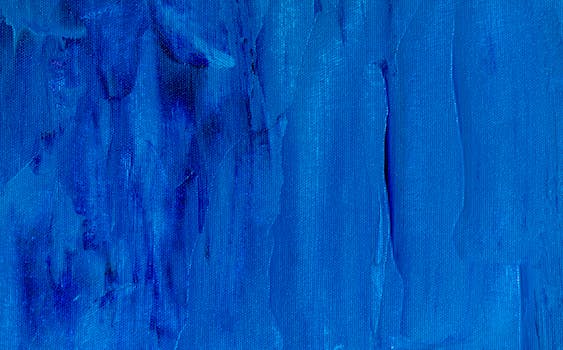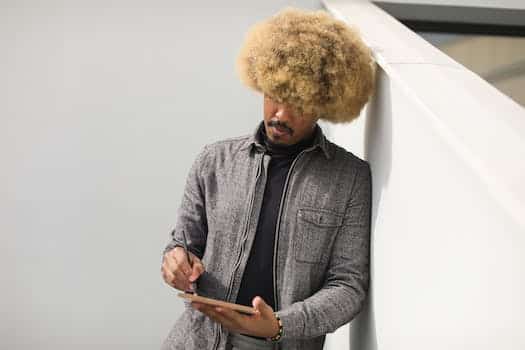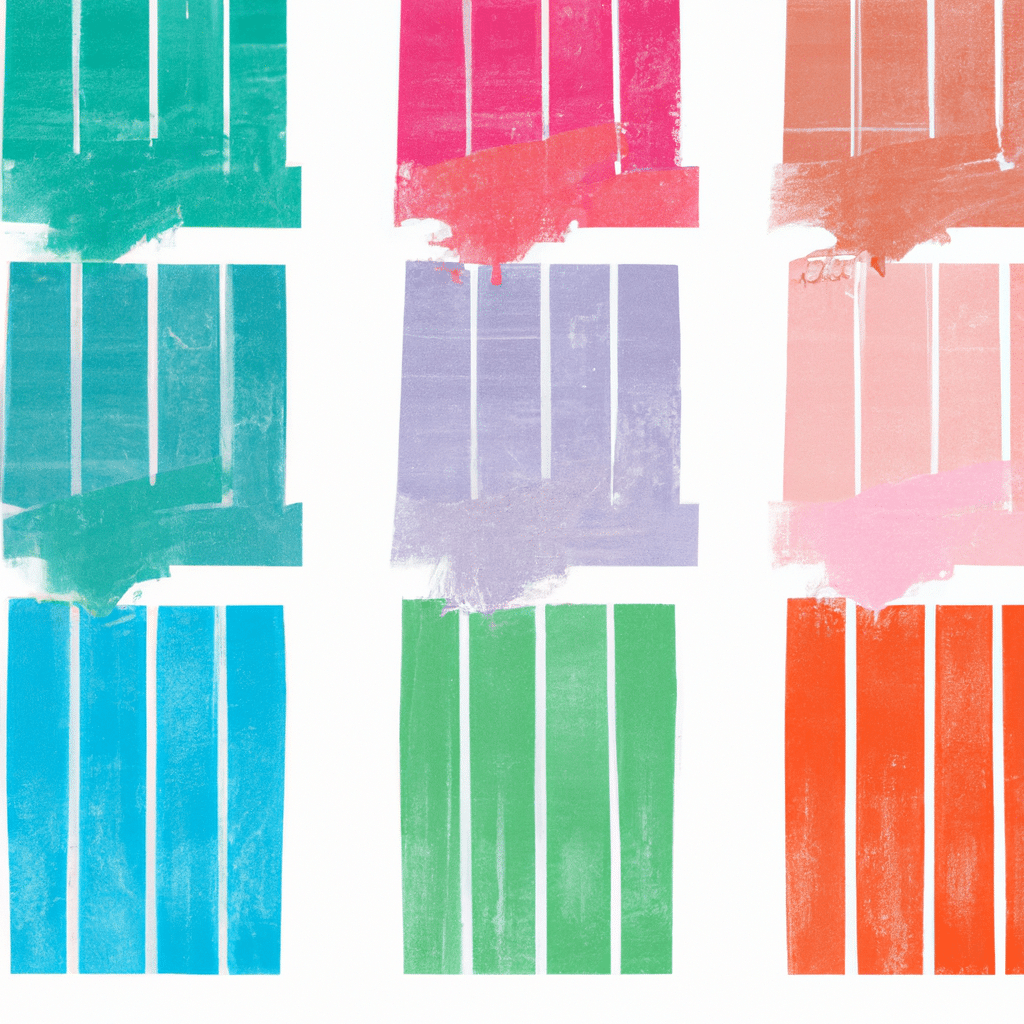Are you looking to add some texture and depth to your walls? Look no further! In this article, we will explore 10 textured wall painting ideas that will give your home a unique and interesting look. From faux finishes to stenciling, there is something for every style and taste. So, let’s get started and transform your walls into works of art!
- 1. Introduction
- 1.1. What is textured wall painting?
- 1.2. Why choose textured wall painting?
- 1.3. Different types of textured wall painting
- 2. Preparing for Textured Wall Painting
- 2.1. Choosing the right paint and tools
- 2.2. Preparing the surface
- 2.3. Priming the walls
- 2.4. Using a base coat
- 2.5. Preparing the texture mixture
- 3. Textured Wall Painting Techniques
- 4. Textured Wall Painting Ideas
- 4.1. Creating an accent wall
- 4.2. Adding depth to a room
- 4.3. Creating a rustic look
- 4.4. Adding texture to a modern design
- 4.5. Creating a unique texture with stencils
- 5. Textured Wall Painting Tips and Tricks
1. Introduction
Are you tired of plain, boring walls in your home? Textured wall painting may be just the answer to give your space a unique and interesting look. With a variety of techniques and materials to choose from, textured painting can add depth, dimension, and personality to any room. In this article, we’ll explore 10 textured wall painting ideas to inspire your next home renovation project.
1.1. What is textured wall painting?
Textured wall painting is a technique that involves adding texture to the surface of a painted wall. This can be done using a variety of tools and materials, such as brushes, rollers, sponges, or even trowels. The result is a unique and visually interesting wall that adds depth and character to any room. Textured wall painting can be used to create a variety of effects, from subtle and understated to bold and dramatic. It’s a great way to add personality to your home and make a statement with your decor.
1.2. Why choose textured wall painting?
Textured wall painting is a unique way to add depth and dimension to any room in your home. Not only does it add visual interest, but it can also help to hide imperfections on your walls. There are many different techniques and styles of textured wall painting, so you can truly customize the look to fit your personal style and taste. In this article, we will explore 10 ideas for textured wall painting that will give your home a unique and beautiful look.
1.3. Different types of textured wall painting
If you’re looking to add some visual interest to your walls, textured wall painting is a great way to go. Not only does it add dimension and depth to a room, but it can also help hide imperfections or flaws in the walls. There are many different types of textured wall painting techniques to choose from, each with its own unique look and feel. In this article, we’ll explore 10 different textured wall painting ideas to help you create a one-of-a-kind look in your home.
2. Preparing for Textured Wall Painting
Before you start painting textured walls, it’s important to properly prepare the surface. Start by cleaning the walls to remove any dirt or debris. Fill any holes or cracks with spackle or joint compound, and sand smooth once dry. If the walls are already painted, sand the surface lightly to create a rough texture that will help the new paint adhere. Finally, prime the walls with a high-quality primer before applying the textured paint.
2.1. Choosing the right paint and tools
When it comes to textured wall painting, choosing the right paint and tools is crucial for achieving the desired look. For the paint, it’s important to select a product that is specifically designed for textured surfaces. These paints have thicker consistencies than regular paints and contain additives that help them adhere to uneven surfaces. It’s also important to consider the color and finish of the paint, as these factors can greatly affect the final result. For tools, a roller with a thick nap is ideal for applying paint to textured walls. A brush can be used for smaller areas or for adding detail. Additionally, a trowel or putty knife may be necessary for creating certain textures, such as a stucco or plaster finish. Before beginning the painting process, it’s crucial to properly prepare the walls by cleaning and repairing any damage. This will ensure that the paint adheres properly and the final result is smooth and even.
2.2. Preparing the surface
Before starting any textured wall painting project, it is important to properly prepare the surface. This will ensure that the paint adheres well and that the final result looks polished and professional. To prepare the surface, start by cleaning it thoroughly with soap and water. If there are any cracks or holes, fill them in with spackle and sand the surface smooth. If the surface is glossy or has a sheen, sand it lightly to create a more porous surface that will better absorb the paint. Once the surface is clean and smooth, apply a coat of primer to ensure that the paint adheres properly and that the color looks true to its intended shade.
2.3. Priming the walls
Before you start with textured wall painting, you need to prime the walls properly. Priming is important to ensure that the texture adheres well to the walls and lasts longer. Use a high-quality primer that is compatible with the texture material you plan to use. Apply the primer evenly on the walls, and let it dry completely before you start with the texture application. This will ensure that the texture looks uniform and does not peel off easily.
2.4. Using a base coat
Before starting any textured wall painting project, it is important to prepare the surface properly. This includes using a base coat to ensure the texture adheres properly to the wall. The base coat should be a similar color to the texture paint, as this will help minimize the appearance of any gaps or inconsistencies in the final result. Apply the base coat evenly and allow it to dry completely before moving on to the next step.
2.5. Preparing the texture mixture
Before you begin textured wall painting, you need to prepare the mixture for the texture. Start by pouring the texture powder into a large bucket. Add water slowly, stirring constantly, until the mixture reaches a thick, creamy consistency. Be sure to mix thoroughly to avoid any lumps or clumps in the mixture. You can also add paint to the mixture to create a unique color for your textured walls. Once the mixture is ready, use a trowel or roller to apply it to the wall in small sections, working from the top down. Allow each section to dry completely before moving on to the next.
3. Textured Wall Painting Techniques
Textured wall painting techniques can add depth, dimension, and visual interest to any room. From subtle texture to bold patterns, there are endless possibilities for creating a unique look in your home. Here are ten textured wall painting ideas to inspire your next project:
3.1. Sponging
Sponging is a popular technique for adding texture to walls. This method involves using a sponge to dab paint onto the wall, creating a mottled or stippled effect. Sponging can be done with one color or multiple colors, depending on the desired look. To achieve a more subtle effect, use a dry sponge and lightly dab the paint onto the wall. For a bolder look, use a wet sponge and apply the paint more heavily. Sponging is a great option for adding dimension to a room without overwhelming the space.
3.2. Stippling
Stippling is a technique that involves using a stippling brush or sponge to create a textured effect on the walls. This technique is achieved by dabbing the brush or sponge onto the wall repeatedly, creating a series of small dots or stippled marks. The result is a subtle and sophisticated texture that adds depth and interest to any room. Stippling can be used to create a variety of effects, from a soft and subtle texture to a more dramatic and bold look. It’s a great technique to use if you want to add a touch of texture to your walls without going overboard.
3.3. Ragging
Ragging is a popular technique used to create a textured look on walls. It involves using a rag, usually made of cotton or linen, to apply paint to the wall in a criss-cross pattern. This technique is great for adding depth and dimension to a room and can be used with a variety of colors to achieve different effects. To get started with ragging, simply dip the rag into the paint and then lightly dab it onto the wall. You can experiment with different levels of pressure and different directions to create the desired look. Ragging can be used as the main technique for an entire wall or as an accent to other textured painting techniques.
3.4. Combing
Combing is a textured wall painting technique that involves dragging a comb or similar tool through wet paint to create patterned lines. This technique can be used in a variety of ways, such as creating a striped effect or adding texture to a solid color. To achieve the best results, it’s important to choose the right comb and apply the paint evenly. Experiment with different combing techniques to create a unique look for your walls.
3.5. Brushing
Brushing is an important technique to master when it comes to textured wall painting. This technique involves using a paintbrush to create various patterns and textures on the wall. To achieve the desired effect, it’s important to vary the pressure and direction of the brush strokes. Some popular brushing techniques include stippling, cross-hatching, and dry-brushing. Experimenting with different brushes and techniques can lead to truly unique and stunning textured walls.
4. Textured Wall Painting Ideas
Adding texture to your walls is a great way to create a unique look in any room. From subtle textures to bold patterns, there are endless possibilities when it comes to textured wall painting ideas. Here are 10 ideas to inspire you:
1. Stucco texture: This classic texture adds depth and character to your walls. It can be applied in a variety of ways to achieve different looks.
2. Ombre texture: This gradual color shift gives your walls a subtle, elegant look. It works well in bedrooms and living rooms.
3. Brushed texture: This technique involves using a brush to create a textured look. It’s a great way to add dimension to a feature wall.
4. Faux tile texture: This technique involves creating a tile-like texture on your walls. It’s a great way to add a touch of sophistication to your bathroom or kitchen.
5. Striped texture: This technique involves using painter’s tape to create stripes on your walls. It’s a great way to add a pop of color and pattern to any room.
6. Geometric texture: This technique involves using stencils to create geometric patterns on your walls. It’s a great way to add a modern touch to your home.
7. Textured accent wall: This technique involves creating a textured accent wall using a different texture than the rest of your walls. It’s a great way to add interest to any room.
8. Metallic texture: This technique involves using metallic paint to create a textured look. It’s a great way to add a touch of glamour to your home.
9. Sponge texture: This technique involves using a sponge to create a textured look. It’s a great way to add depth and dimension to your walls.
10. Rustic texture: This technique involves using natural materials like sand, wood chips, or even coffee grounds to create a rustic, textured look. It’s a great way to add a touch of warmth to your home.
4.1. Creating an accent wall
One way to create a unique look for your walls is by creating an accent wall. An accent wall is a wall that is painted in a different color or texture from the other walls in the room. This can create a focal point and add interest to a space. A popular way to create an accent wall is by using textured wall painting techniques. Here are 10 textured wall painting ideas to consider for your accent wall:
4.2. Adding depth to a room
One way to add depth to a room is through textured wall painting. Textured wall painting can give a unique look and feel to a room, making it stand out from other rooms with plain painted walls. There are many different textured wall painting ideas to choose from, including using stencils, sponges, or even just your hands to create a textured effect on the walls. These textures can be subtle or bold, depending on your preference and the overall style of the room. Some popular textured wall painting ideas include creating a faux brick or stone effect, using a metallic finish for a modern look, or even using a combination of colors to create a unique pattern or design. No matter what your style or preference, adding textured wall painting to a room can add depth and personality, making it a truly unique and beautiful space.
4.3. Creating a rustic look
Creating a rustic look is a great way to add warmth and character to your home. Textured wall painting is an excellent way to achieve this. Here are some ideas to get you started:
1. Faux Brick: Use a stencil to create the look of brick on your walls. This works well in a kitchen or dining room.
2. Stucco: Apply a textured plaster to your walls for a Mediterranean-inspired look. This works well in a bedroom or living room.
3. Wood Grain: Use a wood grain tool to create the look of wood on your walls. This works well in a den or man cave.
4. Sponge Painting: Use a sponge to create a textured look on your walls. This works well in a bathroom or guest room.
5. Ombré: Use a gradual color change to create a unique, textured look on your walls. This works well in a child’s room or playroom.
6. Metallic: Use a metallic paint to create a textured, shimmering effect on your walls. This works well in a formal dining room or entryway.
7. Plaid: Use a plaid stencil to create a unique, textured look on your walls. This works well in a study or home office.
8. Stripes: Use a striped stencil to create a textured, nautical look on your walls. This works well in a beach house or coastal-inspired home.
9. Geometric: Use a geometric stencil to create a textured, modern look on your walls. This works well in a contemporary home or loft.
10. Mural: Use a mural to create a textured, artistic look on your walls. This works well in a bedroom or living room with high ceilings.
4.4. Adding texture to a modern design
One way to add depth and interest to a modern design is by incorporating textured wall paintings. There are endless possibilities when it comes to textures, from subtle stucco finishes to bold geometric patterns. Here are 10 textured wall painting ideas to inspire a unique and visually striking look in any space:
4.5. Creating a unique texture with stencils
Creating a unique texture with stencils is a great way to add depth and dimension to your walls. Stenciling allows you to create intricate designs and patterns that would be difficult to achieve with a paintbrush alone. To get started, choose a stencil that complements your room’s decor and select a paint color that will stand out against your base coat. Apply the stencil to your wall using painter’s tape or adhesive spray and use a stippling brush to apply the paint. Experiment with different stencil designs and colors to create a one-of-a-kind textured look for your walls.
5. Textured Wall Painting Tips and Tricks
Textured wall painting is a great way to add depth, interest, and personality to a room. However, it can be a bit intimidating if you’ve never done it before. Fear not! With a few tips and tricks, you can create a unique look that will make your walls stand out. Here are some textured wall painting tips and tricks to help you get started:
5.1. Practice on a small area first
Before diving into a full textured wall painting project, it’s a good idea to practice on a small area first. This will give you the opportunity to perfect your technique and get a better sense of how the paint will look on a larger scale. Choose an inconspicuous area, such as a closet or behind a piece of furniture, and experiment with different textures and colors until you find the right combination. Once you feel confident in your skills, you can move on to painting the larger areas of your walls.
5.2. Use a light touch when applying texture
When applying texture to a wall, it’s important to use a light touch. Too much pressure or too thick of a layer can result in an uneven and messy finish. Start with a small amount of texture and gradually build up as needed. Also, be sure to use a high-quality roller or brush to ensure an even application. Finally, take your time and don’t rush the process. This will ensure a beautiful and unique textured wall.
5.3. Experiment with different tools and techniques
Experimenting with different tools and techniques can help you achieve the perfect textured wall painting. Some popular tools include sponges, rollers, and brushes. Sponges can create a unique texture, while a roller can create a more uniform texture. Brushes can be used to create specific patterns or textures. When using these tools, it’s important to test them out on a small section of the wall first to ensure the desired effect is achieved. Additionally, techniques like layering, stenciling, and color blocking can add depth and interest to the texture. By trying out different tools and techniques, you can create a truly unique look for your textured wall painting.
5.4. Don’t be afraid to mix colors
When it comes to textured wall painting, don’t be afraid to mix colors. Combining different shades and hues can create a unique and eye-catching look that adds depth and dimension to your walls. One tip is to choose colors that are in the same color family, such as different shades of blue or green, to keep the overall look cohesive. Another trick is to use a darker color for the base coat and a lighter color for the textured layer, creating a subtle contrast. Just remember to test your color combinations on a small area before committing to the entire wall.
5.5. Take your time and have fun!
When it comes to textured wall painting, the key is to take your time and have fun! Don’t rush the process, and allow yourself to experiment with different techniques and textures. This is a great opportunity to let your creative side shine and add a unique touch to your space. Here are some tips and tricks to help you get started:
Conclusion
Incorporating textured wall painting into your home décor is a great way to add a unique touch to any room. With these 10 ideas, you can experiment with different textures and colors to create a personalized and stylish look that will impress your guests.






These 10 innovative and imaginative DIY home decor ideas from [object Object] provide a refreshing approach to enhancing ones living…